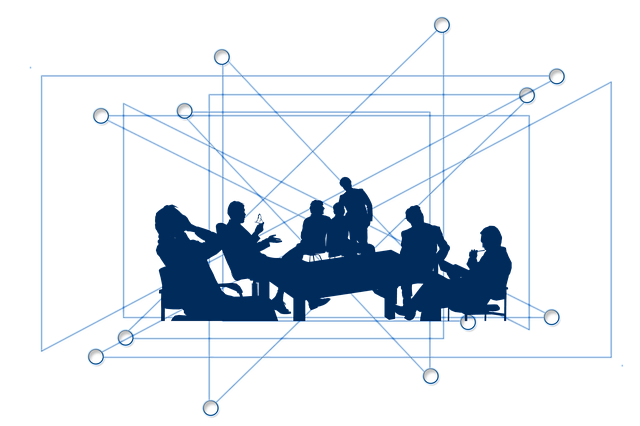If you’ve ever said, “Our executive team needs to be aligned, engaged, more focused on critical tasks, or just get along better,” you are probably talking about energy. It can be working for you or against you.
Any team needs energy moving in the same direction in order to do its work well. But, this is a special challenge for executive teams. In addition to all the things that can drain energy from a team’s work – competing priorities, lack of direction, personal issues, and so forth – an executive team has one huge additional challenge.
High-level teams often don’t feel much like teams.
They seem more like a collection of leaders from various parts of the organization e.g. IT, HR, Marketing, etc. who meet periodically. I worked with one team made up of leaders from across an organization. It was like each member had a strong rubber band attached to him or herself. When they met together, those rubber bands were stretched tight. So, if a door opened even slightly, that bungee cord zapped people back to their home base.
Obviously, that executive group knew it had important work to do, but the pressures from their “real” teams kept tugging at them all the time.
I encourage my clients to talk about energy directly. It is important for people to hear why others’ energy might be similar or wildly different from their own. This not only gets important information up on the table, it begins to make it OK to talk about different points-of-view. This candor can open the door to better conversations and decision making.
One of my clients also heads a non-profit board. He told me that the board met quarterly to address important priorities. But, progress on those priorities didn’t seem to change much from meeting to meeting.
He decided to use my tool, The Energy Bar™, at his next meeting with board members. He pointed to a horizontal line on the floor and asked board members to imagine that this was a bar of energy. The far right side represented strong support and the far left side indicated strong opposition. He pointed out that since they had come up with the list of high priority items, they were in effect saying that those issues were on the high support end of the bar of energy. The board members agreed.
Then, he asked everyone to stand. He mentioned one of their recurring priorities – increasing membership. He asked everyone (including himself) to indicate their own energy for working on this priority by standing on The Energy Bar. Most people congregated far from the high support end of the bar.
They could immediately see that their values said increasing membership was important, but that their actions said something quite different. Seeing that gap between energy they need and the energy they actually were giving created the foundation for rich conversations about values, priorities, energy, and making commitments. Over the next year they increased membership by over two percent, while the national organization saw a decline of over four percent.
I have found that The Energy Bar is a quick way for people to “take a stand” on what is important to them, and actually get interested in why others might be standing somewhere else. Sometimes, in a matter of minutes, teams are able to begin to discuss important issues and make good decisions. That’s why The Energy Bar has become a foundation piece of my work with clients.
I hope you'll give it a try. For more information about this free tool, and other resources to support your projects and teams, please visit energybartools.com.
- Rick Maurer

 Rick has advised leaders from many countries on ways to apply this new tool successfully.
Rick has advised leaders from many countries on ways to apply this new tool successfully.






